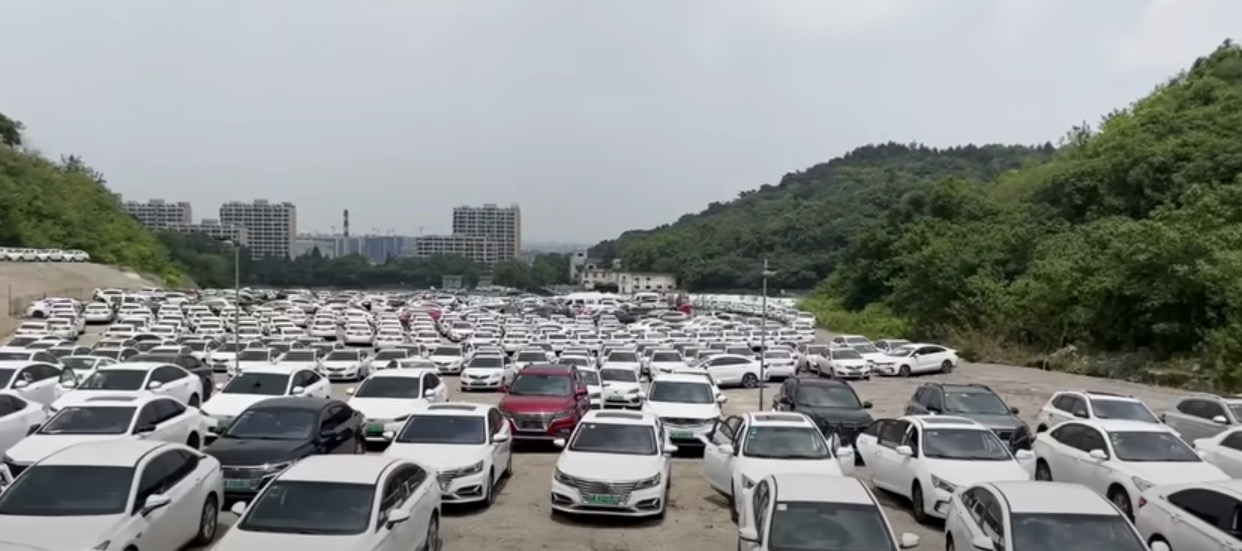
There’s a lesson to take from China’s abandoned electric cars that are going viral right now, and it’s not that EVs won’t work.
Over the last month or so, you might have seen many videos and articles about “thousands of abandoned electric vehicles in China.”
EV naysayers have used those stories to argue that electric vehicles will fail. However, that’s not really the lesson to take away from this unfortunate situation.
First off, it’s true that there are thousands of electric vehicles abandoned in fields around cities in China – possibly tens of thousands. However, almost all of them are electric vehicles that were part of car-sharing or ride-hailing services that have failed in the country.
Inside China Auto recently posted a video showing one of those so-called “Chinese EV graveyards.”
Sure enough, this particular “Chinese EV graveyard” was full of Neta V and BAIC BJEV EC3 electric vehicles, which were almost entirely used by ride-hailing and car-sharing services.
Over the last few years, several car-sharing companies have folded after deploying thousands of low-range EVs in cities – leaving those cars in limbo.
Some have suggested that those abandoned vehicles are brand-new and are examples of companies trying to take advantage of government subsidies for electric vehicles.
At least in this example, it doesn’t seem to be the case, as most of those vehicles appear to have been used. Some are actually badly damaged, which could be due to the fact that they weren’t very well taken care of while being in car-sharing programs.
It’s also what likely make them hard to sell.
Similar sights have been spotted in about half a dozen cities around China.
Electrek’s Take
So what is the lesson? It’s certainly not that EVs will fail. For starters, we are talking about fewer than 20,000 EVs in a country that has millions of electric vehicles.
Top comment by YogaJohn
Things like this are always about not asking questions. Instead of asking the simple question, “Why are these cars here?” it’s jumping to conclusions. In general, nothing is as it seems on the surface, and having curiosity and asking why would do a lot to move the world forward.
Secondly, this is a story about subpar EVs failing. Most of those vehicles have less than 100 miles of range – many of them have less than 50 miles of range.
Car-sharing companies thought they could flood cities with these and they would get used, but it wasn’t the case. Their low cost didn’t compensate for their poor performance and experience – especially when using public transport would generally get you to where you need to go faster in those cities.
Therefore, I think the lesson here is that EVs will succeed by being better vehicles than internal combustion vehicles – not inferior products like these. Also, using them with car-sharing or ride-hailing services doesn’t compensate for the product not being good.
The saddest thing about this whole situation is the fact that those vehicles are not being recycled and are just sitting there. Someone should get on that.
FTC: We use income earning auto affiliate links. More.





Comments